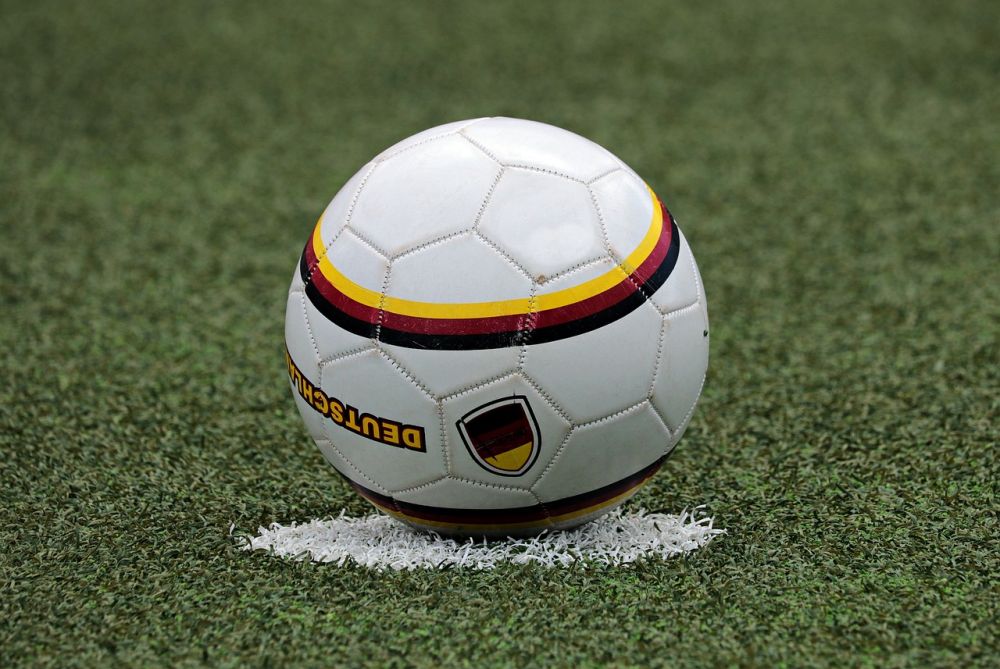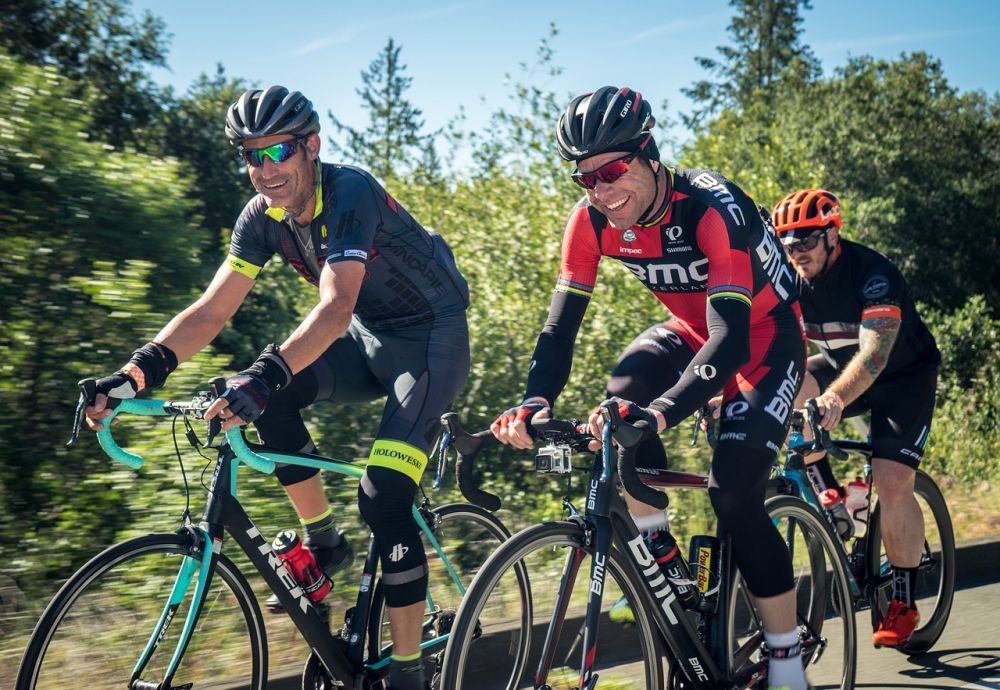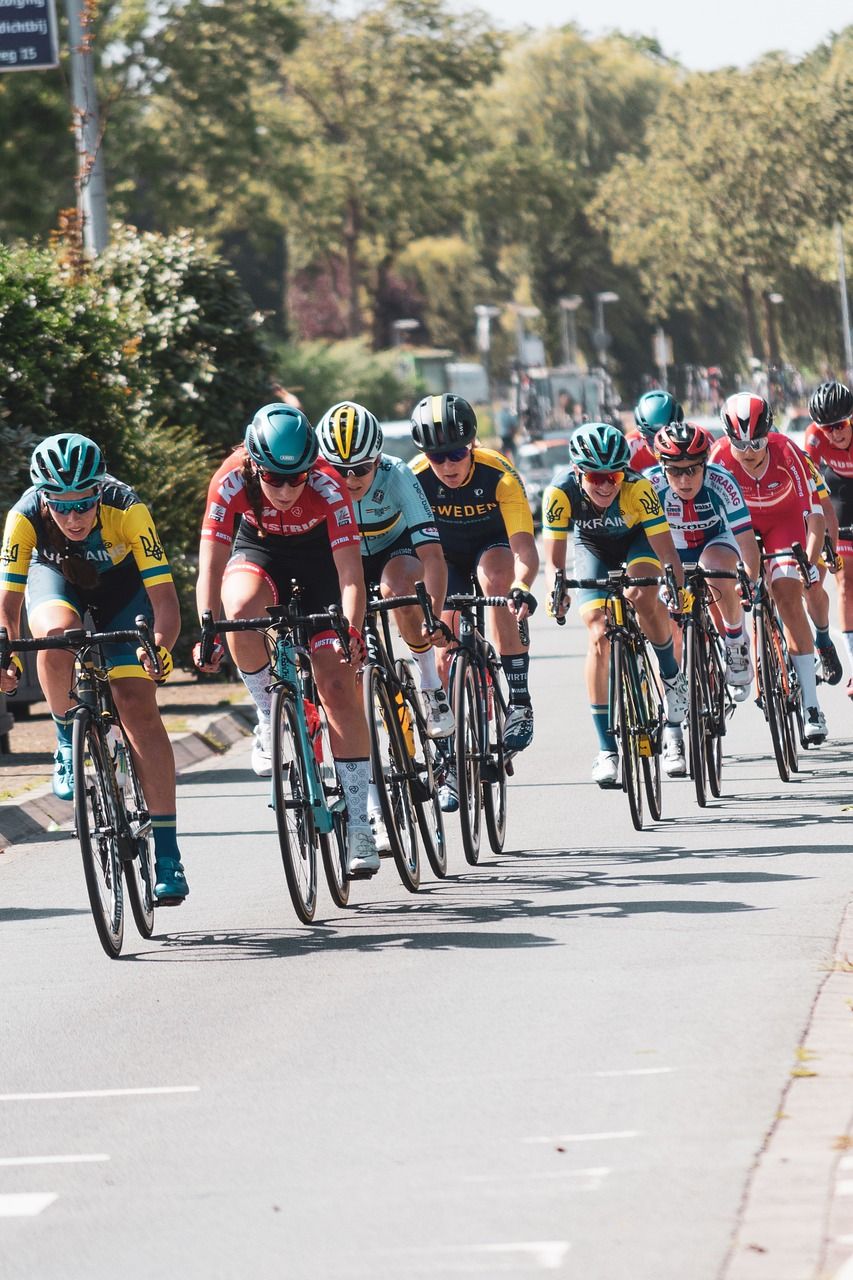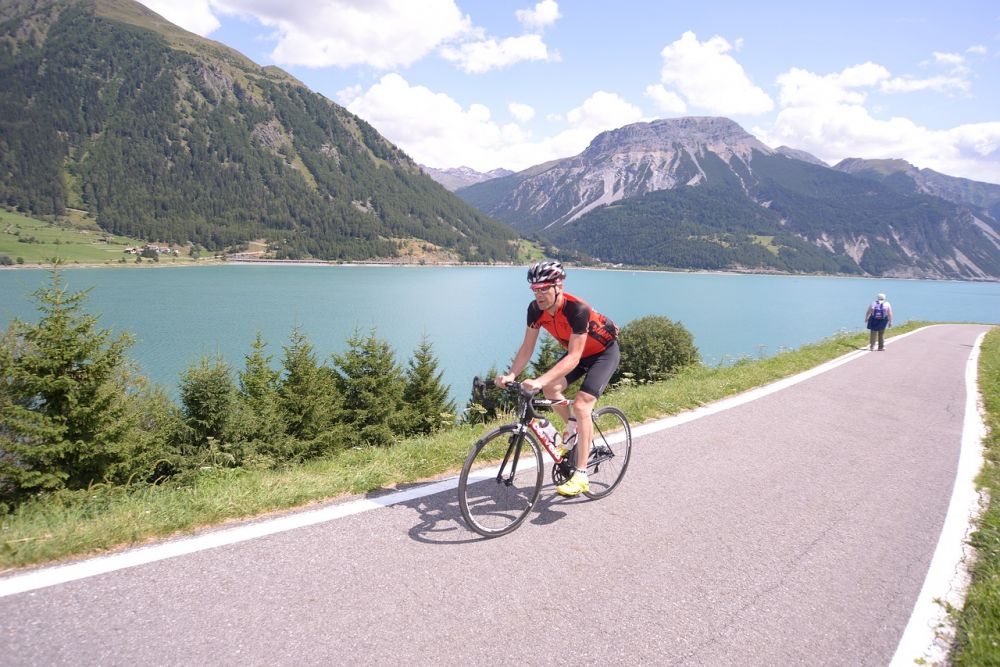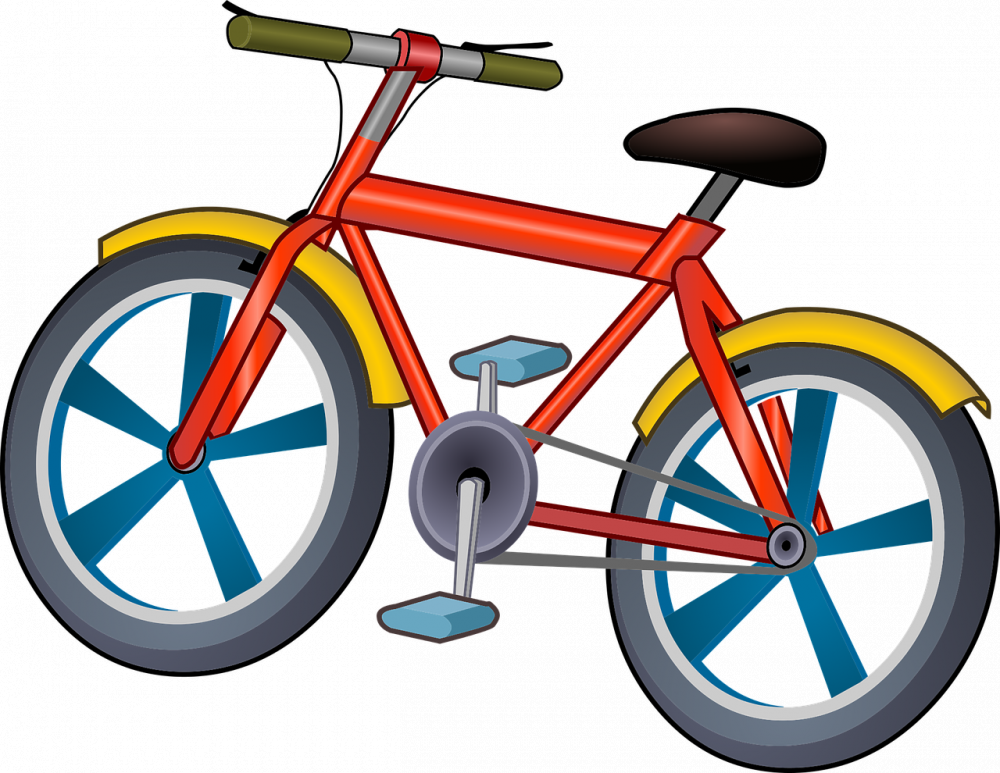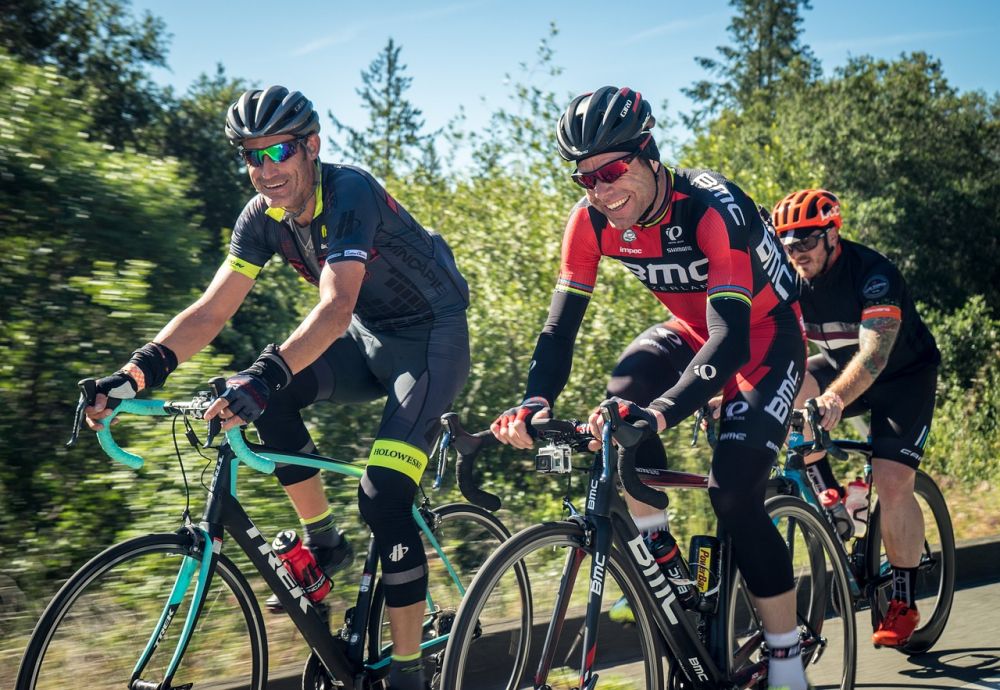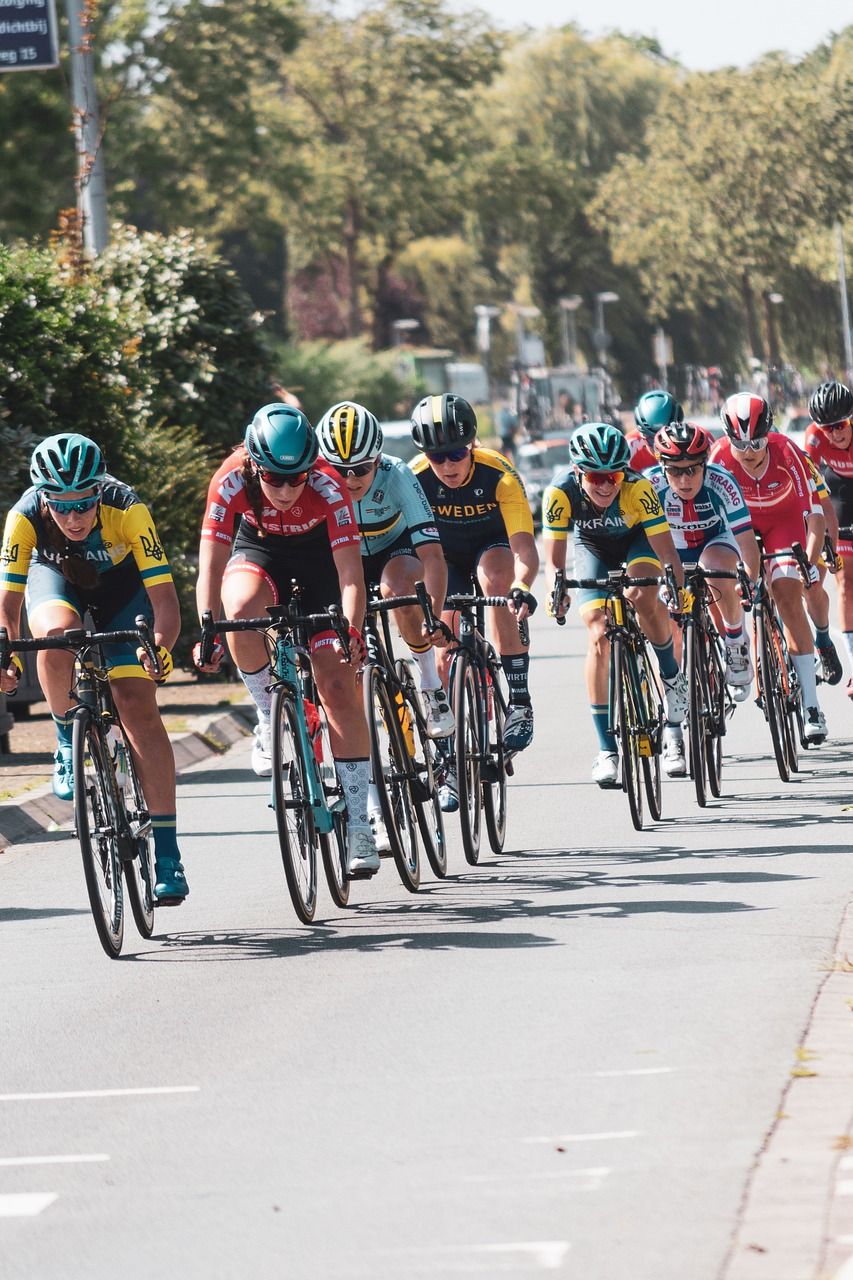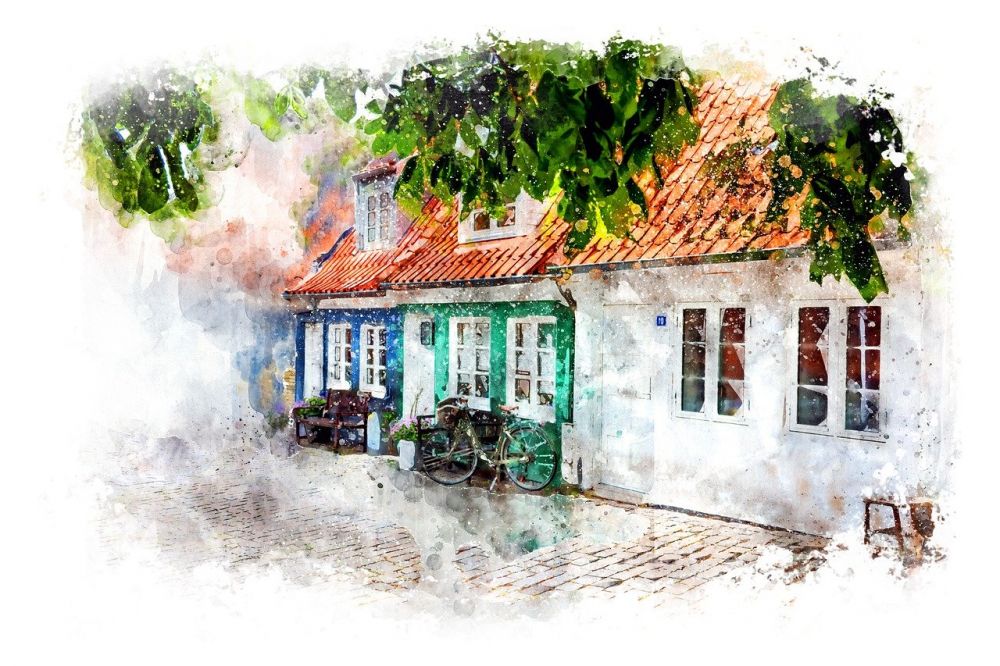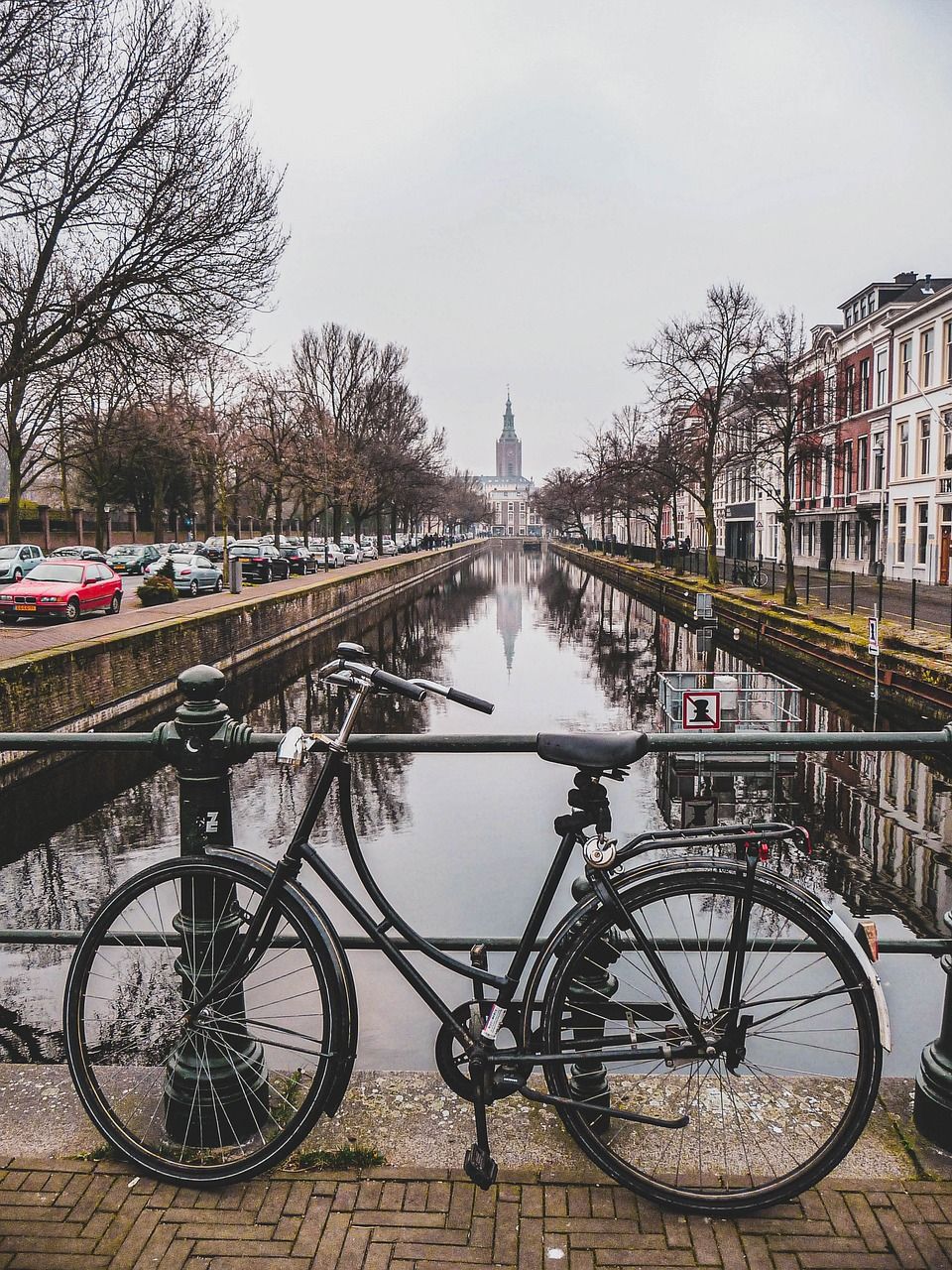Le Tour de France: A Cycling Journey Through History

Introduction:
Le Tour de France is one of the most prestigious and iconic cycling races in the world, captivating sports enthusiasts and cycling aficionados year after year. This grueling competition showcases the finest cyclists from around the globe as they battle it out on challenging terrains, captivating millions of fans worldwide. In this article, we will explore the rich history of Le Tour de France, its significant milestones, and what makes it a must-watch event for sports and leisure enthusiasts.
1. Understanding Le Tour de France:

At its core, Le Tour de France is a multi-stage bicycle race that takes place in France over a period of three weeks in July. Created in 1903, it has evolved into a platform for showcasing the endurance, skill, and teamwork of professional cyclists. The race covers around 3,500 kilometers, testing the competitors’ physical and mental limits in varied terrains, including mountains, flat alleys, and even urban landscapes.
Key facts about Le Tour de France include:
– The race consists of 21 stages, including time trials and mountain stages.
– Teams generally comprise of eight riders, each representing their respective countries or professional teams.
– The yellow jersey, also known as the maillot jaune, is awarded to the overall race leader.
– Points are also awarded for stage victories, sprinter wins, and mountain category wins.
– Throughout the race, riders compete for other distinctive jerseys, such as the polka dot jersey for the King of the Mountains and the green jersey for the points classification.
2. A Glimpse into Le Tour de France’s Evolution:
From its humble beginnings, Le Tour de France has grown into a global phenomenon that captivates both casual fans and die-hard cycling enthusiasts. Let’s take a stroll through its historical timeline:
– 1903-1929: The Birth and Early Stages
Le Tour de France was initiated in 1903 by Henri Desgrange, a French newspaper editor. The first race was held on July 1, 1903, with only 60 participants. Maurice Garin emerged as the winner, covering a distance of 2,428 kilometers over six stages.
– 1930-1948: Expansion and Intense Competition
In the 1930s, Le Tour de France witnessed significant expansion, introducing more mountain stages and stages outside France. By 1934, women’s cycling was also incorporated, though it was short-lived. The race faced a hiatus due to World War II but resumed in 1947 with intense competition.
– 1949-1969: The Golden Era
The post-war decade witnessed the rise of legendary cyclists such as Fausto Coppi, Jacques Anquetil, and Eddy Merckx. These riders achieved iconic status, amassing multiple victories and setting new records. Television broadcasts also allowed the race to reach a wider audience.
– 1970-1998: Scandals, Innovations, and Internationalization
During the 1970s, doping scandals tarnished the race’s reputation, leading to stricter anti-doping measures. Innovations such as team time trials were introduced, adding new dimensions to the race. International participation expanded, with riders from across the world competing in Le Tour de France.
– 1999-present: The Era of Dominance and Global Recognition
The turn of the century brought unprecedented dominance by Lance Armstrong, who won seven consecutive titles from 1999 to 2005. However, his victories were later marred by doping allegations. Additionally, technological advancements and social media drastically increased the race’s global exposure and fan base.
3. Le Tour de France as a Featured Snippet:
To increase the likelihood of this article becoming a featured snippet on Google, it is crucial to structure the text effectively. Here is a suggested breakdown using bullet points:
I. Introduction
– Definition and significance of Le Tour de France
II. Understanding Le Tour de France
– Duration, stages, and terrain
– Teams and jerseys
– Key facts and statistics
III. A Glimpse into Le Tour de France’s Evolution
– Historical timeline from 1903 to present
– Significant milestones and developments
IV. The Era of Dominance and Global Recognition
– Lance Armstrong’s impact on the race
– Technological advancements and media influence
V. Conclusion
– Reiterate the importance of Le Tour de France
– Encourage readers to experience the excitement firsthand
By organizing the article with clear headings (, h2 tags), bullet points, and pertinent information, it enhances the chances of a featured snippet on Google, providing readers with a comprehensive and concise overview of Le Tour de France.
Conclusion:
Le Tour de France, a pinnacle event of the cycling world, has captivated sports enthusiasts for over a century. Through its evolution, the race has endured challenges, scandals, and technological advancements, becoming a symbol of endurance, teamwork, and human achievement. Whether you are a casual fan or a die-hard cycling enthusiast, experiencing “Le Tour” is an opportunity to witness the magic of this legendary race and immerse yourself in the captivating world of professional cycling.


